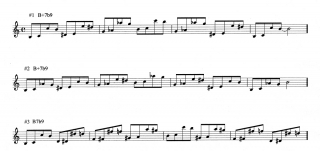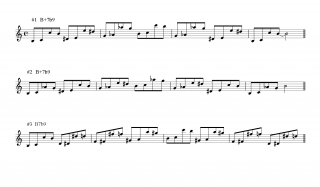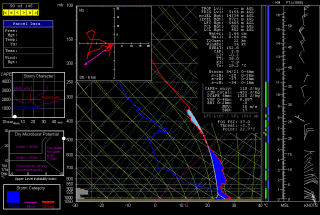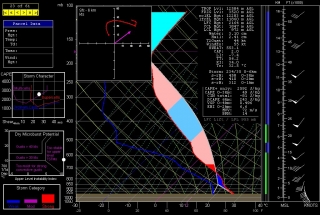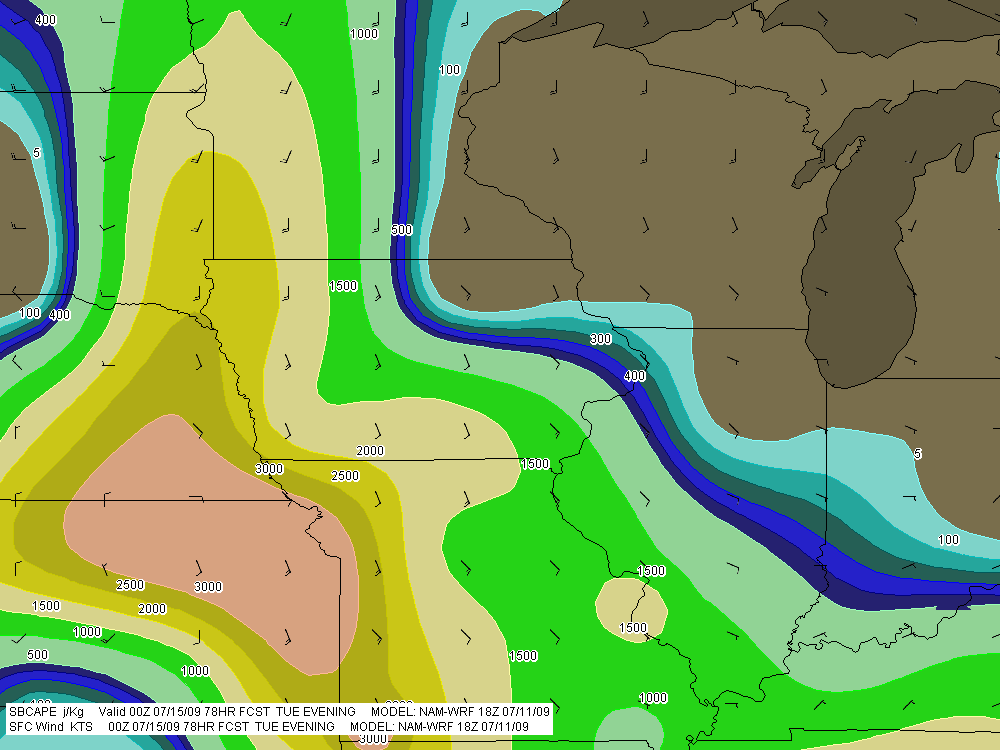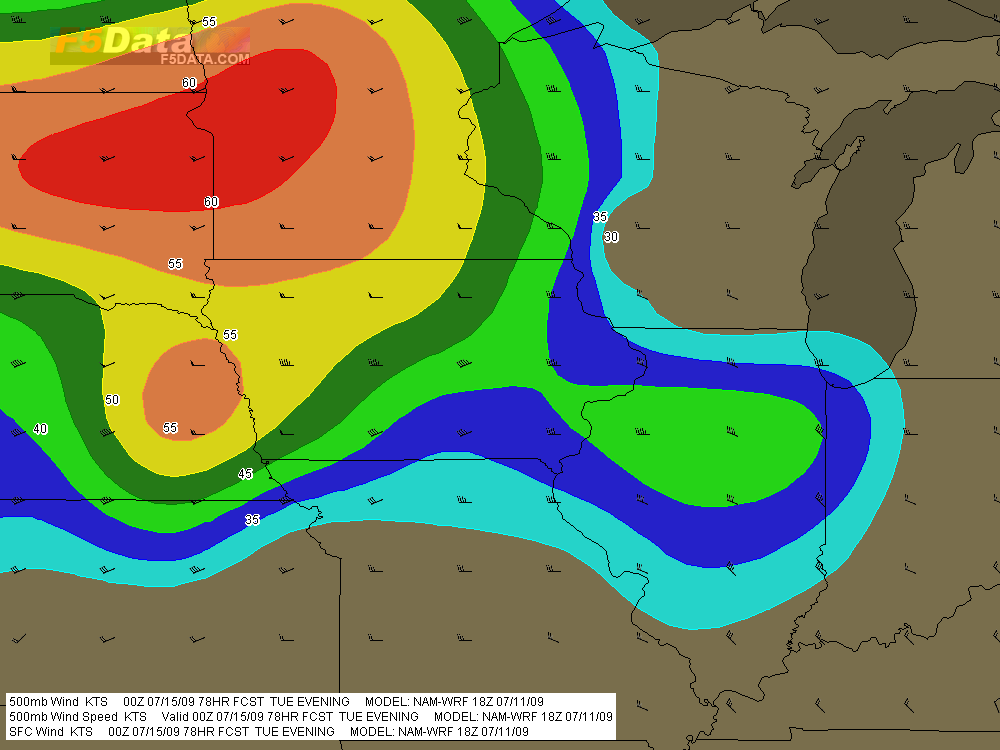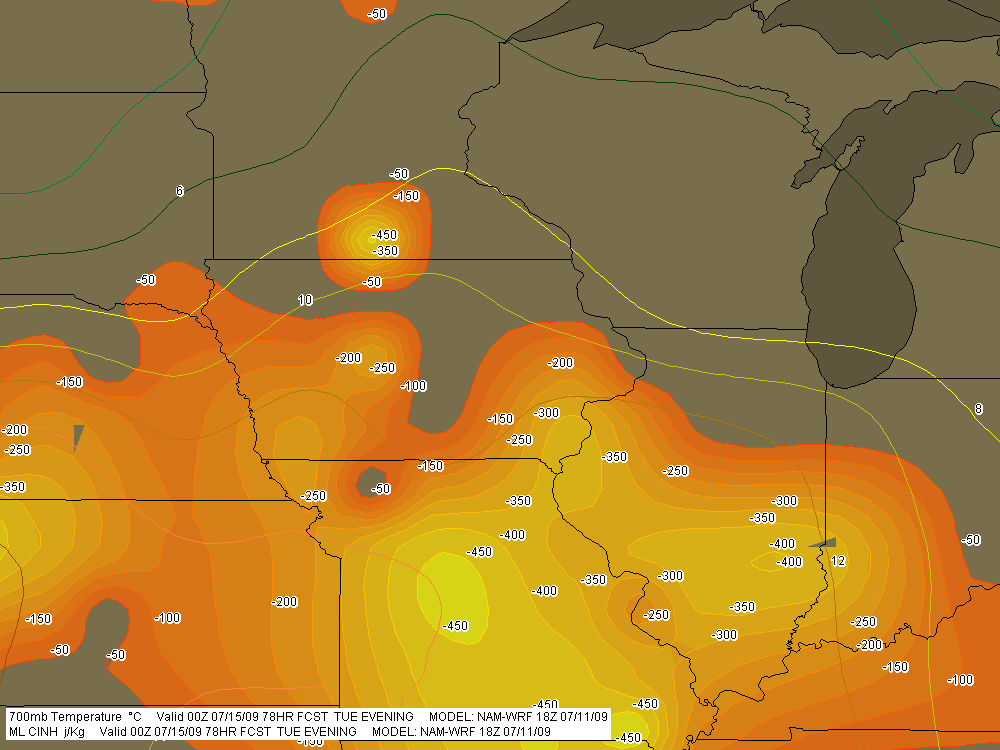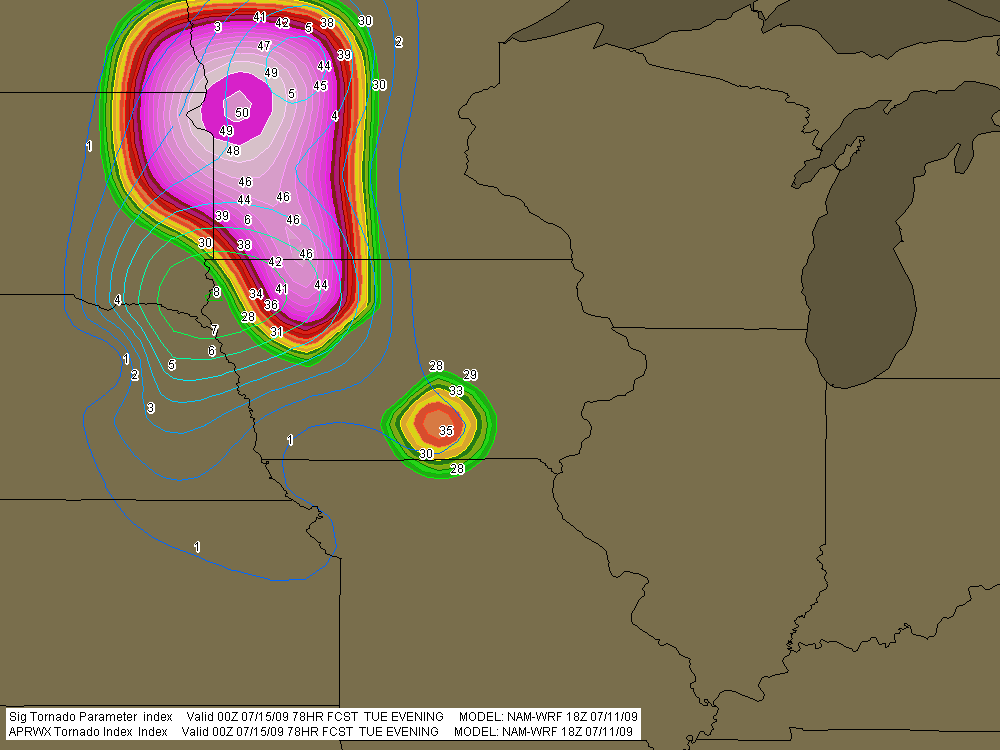So there we were, a whole bunch of storm chasers, stuck in the middle of a flooded field north of Roscoe, South Dakota. Why were we there? Believe me, it wasn’t for the beer.
It was Saturday evening, May 22, 2010. A few minutes earlier, caught down a dead-end road with a snake’s nest of tornadoes breathing down our neck, we had taken last-ditch, evasive action by bailing south down the fence line, and finally, cut off by standing water, out into the field until we could go no farther. Then we braced ourselves and rode out the storm.
It was the closest call I can imagine experiencing without going airborne. A funnel materialized right in our midst, barely missing one of the vehicles. Rear-flank downdraft winds in the neighborhood of 100 mph blasted us. But in the end the storm moved off, having destroyed an old barn north of where the road had dead-ended but leaving us none the worse.
Except that now we were stuck in a rain-soaked, flooded field. And a new set of problems began to emerge.
Most of the guys in the other vehicles were people whom I had never or only recently met, but whose names I was well acquainted with. Two of them, Bart Comstock and Mike Umscheid, became the heroes of the day–the only guys who managed to make it out of that morass with their vehicles and subsequently pushed themselves well beyond exhaustion to make sure that every last man-Jack of the rest of us was accounted for and found lodging for the night.
Now, I’ll be the first to say that I probably don’t have all the details straight. It was a complex scenario, and to this day I still don’t know who all was involved. To the best of my understanding, though, Bart notified local authorities that a bunch of chasers were stuck out in a field, and the authorities notified the property owner, and the property owner was majorly pissed.
Back in the field, the first news we got–in our vehicle, anyway–was that three tractors were on the way to pull us out. By this time, the sun had set and it was dark, with lightning from other storms in the area flickering all around. I didn’t relish the thought of spending the rest of the night out in the middle of nowhere, so I was glad to hear that help was on the way. But that hope soon got dashed when we learned that the farmer was mad as hell at us and had no intention of helping us out, or, for that matter, of letting us leave.
This just flat-out blew my mind. From my perspective at that point, the man had damn near gotten us killed by plowing over our escape route, and now he was angry at us for fleeing across his field in order to preserve our lives. What were we supposed to do, sit there and let the tornadoes hit us? If we hadn’t taken the action that we did, chances were good that we’d have wound up on his property anyway as a bunch of crumpled vehicles and injured or dead chasers. It amazed me that anyone would have such little regard for human lives.
Those were my thoughts at the time. In retrospect, I think the farmer simply didn’t understand what we had been up against, any more than I and my fellow chasers understood what he was up against. Seeing through another person’s eyes doesn’t come easily. We are hampered by the sheer force of our own perspective. We take limited information, process it through the filter of personal experience, and draw swift conclusions colored by self-interest without considering what other pieces of the puzzle may exist.
This particular puzzle was a large one and I’ll never know all the pieces that were involved. I just know there were a lot.
There were us chasers who, having survived the tornadoes, found that our ordeal was far from over. There was the farmer, who had just gotten word that a bunch of crazy storm chasers were stuck out in his field after driving across his newly planted wheat. There was a local sheriff with a lot on his plate after a large tornado had plowed through his area, who–partly due to an infuriating experience with a storm chaser earlier in the evening–used his authority in a way that, in my opinion, tarnished his badge.
There were also some drunken farmers who, as I understand it, tore an antenna off one of the chasers’ vehicles and tried to pick a fight with its owner. There were other locals who showed understanding, goodwill, and helpfulness toward both the farmer and the chasers. There was one from our number who got arrested on the pretext of a ridiculous charge, and there were the deputies who treated him with courtesy and interest during his brief detention at the Ipswich jail. There were lots of people, each with a story to tell and each bringing a unique point of view to the mix.
It’s never wise to jump to conclusions in such cases. It takes time for details to filter in and the big picture to emerge, or at least a better view of it than a person is likely to get at first glance.
Thanks to Bart and Mike, all of us eventually made it out of the field that night. We had to leave the vehicles behind, but there’s a point where nothing else can be done and all a body wants is to get some rest. Through a mix-up I won’t even try to explain, I wound up separated from my group and found myself trudging across the field with Ben Holcomb, Adam Lucio, and Danny Neal. Lugging as much of our belongings with us as we could, we walked along the fence line–now a slippery mud pit strewn with intermittent post holes–up to the road. A pickup truck was waiting there. We threw our stuff into the back and clambered aboard.
The driver of the truck turned out to be the land owner. Whatever his mood may have been, he was decent enough to give us a ride partway up the road. At that point, we were delayed by a bottleneck farther up, so we got a chance to talk with the farmer and with another of his neighbors who walked up to the vehicle.
Ben and Adam did a good job of engaging these guys. I was in no conversational mood myself, but I listened and heard enough to conclude that this had been a terrible spring for South Dakota farmers. A massive amount of El Nino rains had flooded large swaths of cropland, delaying or altogether scuttling planting in some sections. Considering how hard these folks work to make a living and what a tough deal this year was handing them, I began to understand something of how the land owner might have felt: a hellish winter, ruinous flooding, tornadoes blowing through and taking out the power grid, and now this–a bunch of crazy chasers stuck in his field after tearing through his wheat.
The farmer drove us partway back up CR 130, then left us to fend for ourselves. Fortunately, his neighbor in the pickup ahead of us was willing to give us a lift. He was a decent man, sympathetic toward both his fellow farmer and toward us. A storm spotter himself, he seemed to understand what we’d been up against. He told us that if it had been any other year, we’d have had no problem, but that this year, many side roads in the area were impassable due to the rain.
The man dropped Ben, Adam, Danny, and me off at a Shell station in Ipswich. Power was out in the town thanks to the tornadoes, which had taken down high-tension lines back down the road in Bowdle.
I had been in touch with one of my chase partners, Bill Oosterbaan, via cell phone, and I gave him another call to find out his status. He, his brother Tom, and Mike Kovalchick were all with Bart, who had run out of gas en route to Aberdeen. Like us, they were stranded. Fortunately, Mike Umscheid had gone to get gas for them, so it was just a matter of waiting till he returned. Then Bart would drop off my buddies at a hotel and come for us.
The time now was something like 1:00, and from the sound of it, we had a few hours to kill before Bart would show up. There was nothing to do but hunker down and wait. My legs were coated with mud from trying to push out Mike’s vehicle earlier in the evening, and my tennis shoes were little more than big, wet clumps of black clay. The other guys weren’t quite such a mess as I was, but they were wearing T-shirts and it was cold out.
It was at this point that the sheriff drove up to check us out. When he learned that we were some of the storm chasers who had gotten stuck in the field, he smiled one of those smiles that tells you the person behind it is not your friend. “I’ve been looking for you guys,” he said. “I need to see your driver’s licenses.”
(To be continued.)
